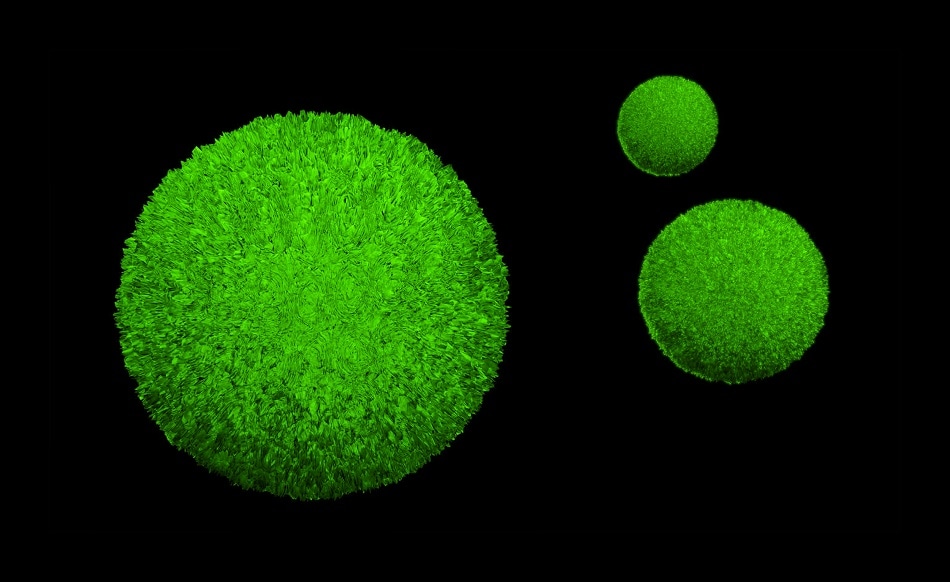
Image credit: GiroScience / Shutterstock.com
A dramatically rising global population, the depletion of fossil fuels, and a growing consciousness of the impact of emissions alongside an increasing thirst for technology which requires more and more power is leading us to seek out new and innovative ways to power our planet.
One recent innovation that has gained popularity over recent years is that of thermoelectric generators. Scientists have been able to develop a way to convert waste heat into electrical power. Now, researchers at the University of Cambridge, alongside scientists in Madrid, Rochester, Duisburg and Sheffield have taken this technology a leap further by capitalizing on resonant tunneling quantum dots in order to show the development of an autonomous nanoscale energy harvester.
Waste Heat into Electricity
Heat is a byproduct of many everyday processes that rely on fossil fuel energy, stoves, for example release a lot of excess heat. Natural sources of heat also have the opportunity to be exploited and turned into energy, the sun, for example generates huge amounts of heat, and like with light energy it can be converted into usable energy.
Thermoelectric generators have been designed to convert heat from various sources into electrical energy. These generators use semiconductors to harvest this heat energy and utilize the Seebeck effect to generate voltage.
Why Quantum Dots
Science has known about quantum dots since they were discovered by Alexey I. Ekimov, a Russian Physicist, in 1981. They are tiny semiconductor particles that measure just 2 nanometers to 10 nanometers in size, and have impressive optical and electronic properties that are different from those of larger particles.
Quantum dots can be constructed from semiconductor nanocrystals, and their size, shape, composition, and structure can be determined, meaning that their electronic properties can be controlled.
Known for being excellent conductors, quantum dots have become a recent focus in thermoelectric generator technology.
Maximizing Power Generation with Quantum
This year, the collaborative team of researchers at Cambridge published findings of their experiments into an autonomous nanoscale energy harvester that they developed based on resonant tunneling quantum dots.
The Cavendish Laboratory in Cambridge was the birth place of the new device. It is where Gulzat Jaliel realized the device, based on a theoretical proposal by Andrew Jordan along with theoretical work that had been carried out by Markus Büttiker and his team in Geneva, where the relation between resonant tunneling and thermoelectricity had been investigated in great depth.
Jordan had theorized that the use of quantum dots within an energy harvester would generate greater power and a high efficiency.
The energy harvester was constructed by positioning a quantum dot either side a central cavity. Researchers then heated the cavity through supporting ac currents in the channel, and manipulated each quantum dot’s energy levels through managing the voltage. The study showed that the energy harvester is capable of being optimized in order to generate a high power output as well as attaining top efficiency of heat to electricity conversion.
Applications in Green Energy
Researchers showed the possibility of exploiting quantum dots in order to create a new kind of energy harvester that can convert heat energy into electricity to the highest efficiency. The device that the team innovated could potentially convert heat from waste sources in order to generate power.
Future directions for the team’s accomplishment will be on establishing it for real world applications. The energy harvester could be used to convert heat from numerous sources, one that has been suggested is the heat generated by quantum devices themselves. This kind of system would help to address the issue of the energy needed for quantum devices. Converting its waste energy into power could help to minimize the overall energy demand of this kind of technology.
Disclaimer: The views expressed here are those of the author expressed in their private capacity and do not necessarily represent the views of AZoM.com Limited T/A AZoNetwork the owner and operator of this website. This disclaimer forms part of the Terms and conditions of use of this website.